Apple's most fantastic piece of hardware, the future-leaning Vision Pro, is not a success; not, at least, when measured on customer interest and market penetration.
Throughout the year we've seen reports of flat sales and scaled-back production, though zero confirmation from Apple of sales numbers. The Cupertino tech giant mostly talks about developer support, the growing number of Vision Pro apps, spatial computing content, and third-party partner support. Most recently, Apple touted a $29,000 Blackmagic camera for shooting Vision Pro spatial movies. That price tag makes more sense when you consider that the Vision Pro still costs $3,499 / £3,499 / AU$5,999.
As I've written from the start of my Vision Pro journey, I love this headset. It's a spectacular mixed-reality experience that's as useful for watching immersive movies as it is for productivity, where you can have a vast desktop of apps floating around your head. It's as intuitive as anything Apple has ever built, and spatial photography and videography trigger emotions you didn't think could be triggered by consumer electronics.
It's also a system hamstrung by humanity – we're not built to shut themselves off from each other. Wearing these goggles in the home elicits groans and serious side-eyes from family members and partners. I enjoyed the massive workspace in the office, but my coworkers thought I looked insane. Apple's efforts at virtual me staring back at friends, coworkers, and loved ones through the headset were also poorly received. I couldn't find anyone who wasn't turned off by my recreated gaze.
Even those people who are inspired by the Vision Pro idea could barely afford it for the most part. $3,500 is not an "everyone" price, it's a "rarified few" one. I got a sense that Vision Pro wasn't taking a spot in homes in the US, and later around the world, when every time I wrote about the headset six people read the story. If we write about the best iPhone (any make, model, or rumor) everyone reads it. The Vision Pro can't generate a fraction of the interest.
I believe in the Vision Pro and the technology inside it. It's truly unlike anything else on the market or that I've experienced before, but it can't survive like this. Apple will surely be making some tough decisions in 2025. If, however, it wants the Vision Pro to survive, and not go the way of the Newton or even the original HomePod, I have some notes.
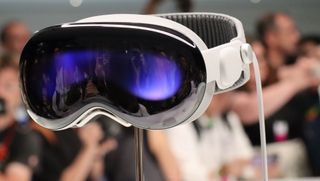
Reduce the price
This is obvious, but it also means Apple taking a position it rarely does with hardware: a loss. It costs a lot to build the Vision Pro (one estimate puts it at over $1,540), with the high-end displays maybe accounting for a third of that price. If Apple is not swapping out components (more on that later), it should simply cut the price by more than half and take the hit. Yes, each Vision Pro it sells in 2025 might cost it some money, but think of the millions who might buy it.
Apple's growth is no longer built on hardware like the iPhone alone. It has a huge and rapidly growing services business, whereby you pay a monthly fee for access to iCloud storage, Apple TV Plus, Music, Fitness Plus, News, and so on. Apple customers buy more services when they have more Apple gadgets… you can see where this is going. Most of Apple's service experiences, like Apple TV Plus, are even better on a device like the Vision Pro, so this should represent a short-term loss that leads to a bigger long-term gain.
Swap out materials and components

What if the expected Vision Pro 2 features a plastic cover instead of glass? Does it need brushed aluminum? What if Apple does away with the displays driving the creepy EyeSight feature? And maybe the resolution of the pricey display system could be lowered just a bit.
Apple should look at all the ways it can reduce build costs without ruining the Vision Pro experience. I know that's a tall order, but the Vision Pro sometimes feels a bit overbuilt. To be fair, Apple did this because it was launching a new class of computing: spatial computing. The problem is that few others were buying the concept. Most consumers are still happy with regular old computing. To get them excited about it they need a cheaper Vision Pro, so fewer and cheaper materials and components might be one option.
Ship an Apple Vision Lite
Rumors point to Vision Pro Lite arriving next year or the year after. If Apple is smart, it will tease a $1,500 Vision Pro Lite no later than March – disinterested consumers won't wait around for a late 2025 or 2026 launch. Apple needs to deliver affordable and usable Lite units fast enough to reboot the Vision Pro brand and finally start sucking in millions of new customers.
Unveil Apple Vision AR glasses
How does this help the Vision Pro? If these new lightweight Apple AR-only wearables are seen as part of the Vision Pro family, and they cost between $799 and $1,200, they might trigger a halo effect. Excitement and even some FOMO around the glasses could launch renewed interest in the overpriced mixed-reality headset, especially if the glasses also run visionOS and offer seamless integration with Vision Pro.
Bundle Vision Pro with the iPhone 16 Pro Max 1 TB model
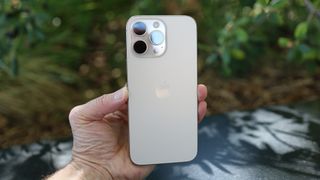
An iPhone 16 Pro Max with 1TB of storage costs $1,599 / £1,599 / AU$2,849. That's a hefty mobile investment, and a signal to Apple that you are a devoted customer. What if when you buy that smartphone, Apple offers you a Vision Pro for an extra $599? That's far from free, but it is a massive discount for Apple's best-paying customers. Most people are buying the largest iPhone, and some might consider paying extra for all that storage if it also gave them access to a heavily discounted Vision Pro. I think Apple would be surprised at how many headsets it would end up moving.
There's no perfect answer for how to save the Vision Pro, but I am certain that the solution revolves mostly around price. I think there are actually millions who would love to try the Vision Pro, but who see the price tag as a huge barrier and move on. Put the Vision Pro in reach of the masses, Apple, and you'll change the market equation, and save the Vision Pro in 2025.

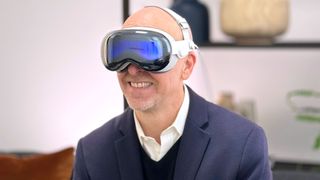

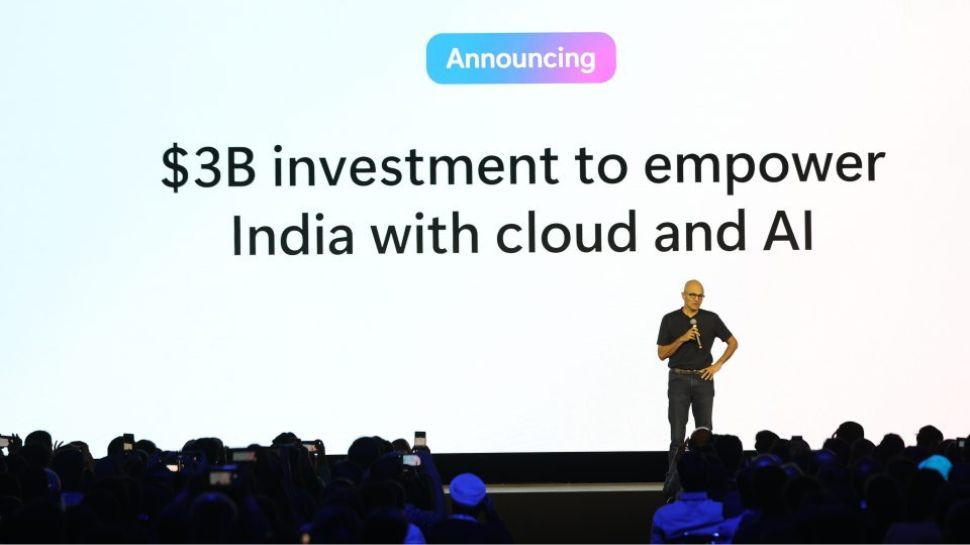
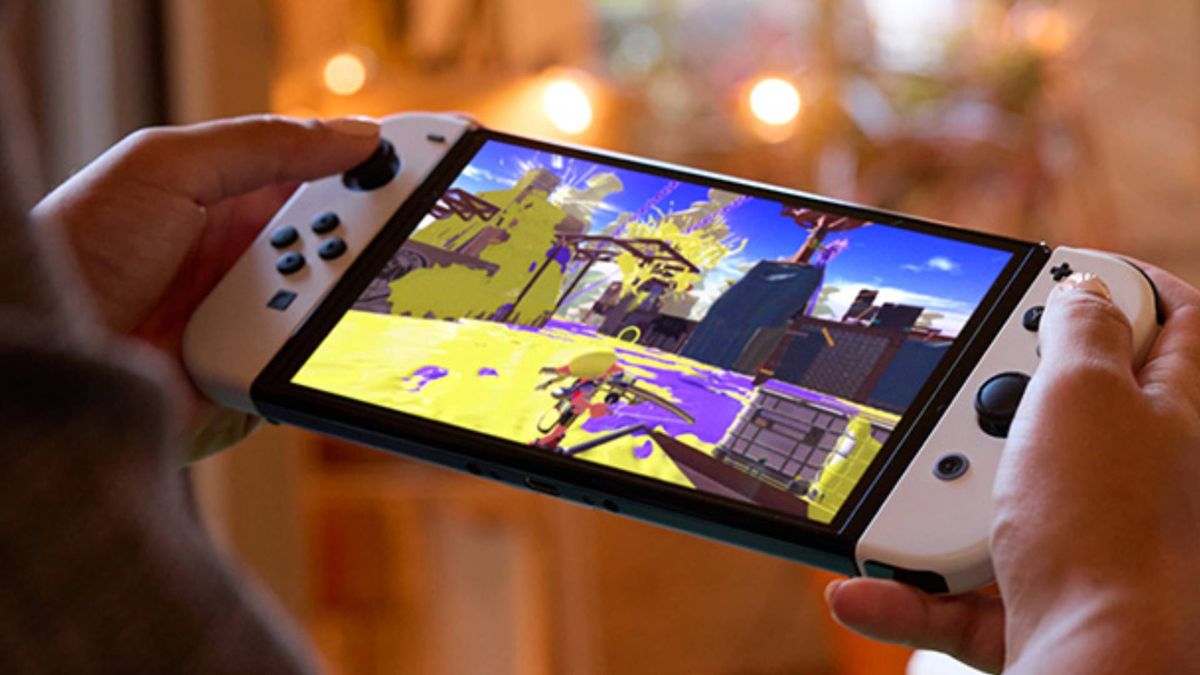





 English (US) ·
English (US) ·